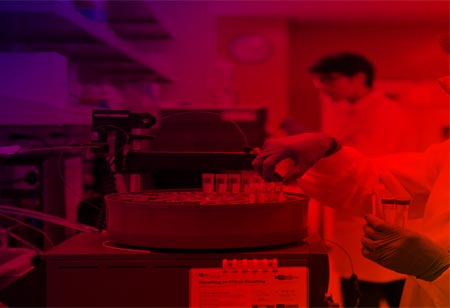Responsibly produced specialty chemicals and polymers provide clean water, energy, and life conservation below the ocean's surface.
FREMONT, CA: Chemicals have harmful effects on the environment. Regulations and policies try to limit the use and disposal of chemicals through irresponsible practices. However, this perspective overlooks the important role that chemicals can play in sustainable development.
Providing clean water and clean energy and preserving life underwater are among the key sustainability goals supported by specialty chemicals and polymers produced responsibly. It is possible to meet society's current needs.
Clean water: A society must have clean water. But clean water doesn't just happen. Before it can be used for human consumption or industrial use, all water - even from pristine mountain reservoirs - must be treated. A range of water treatment processes requires the use of specialty chemicals - and especially specialty polymers - to ensure that water can be safely returned to the environment after use. The production of drinking water, wastewater treatment, and industrial water treatment is among these processes.
Clean Energy: Despite its importance as a clean, renewable energy source today, the wind has played only a minor role in the global power market in 2010. In 2018, wind accounted for over 8 percent of global power capacity. A wind turbine's ability to generate electricity depends on specialty materials. To construct a wind turbine blade, unsaturated polyester resin, epoxy resin, glass fiber, and carbon fiber are used. Each blade incorporates 25 to 100 metric tons of specialty resins and reinforcements.
The size of wind turbines matters. Turbine heights, blade lengths, and power output are increasing, as are resin and reinforcement requirements. In commercial production, the largest turbine blades can measure up to 88 meters and require 100 tons of resin.
The main reason for this trend is economics. Larger wind turbines are more efficient, which leads to lower production costs. Wind farms with large turbines rank competitive with conventional energy sources like coal and oil.
Preserving life below water: The enemy of underwater life is nutrient pollution. A surplus of nitrogen or phosphorus causes algae blooms in lakes, rivers, and coastal waters. In addition to depleting oxygen, algae blooms can produce toxic compounds that can harm humans. Excessive algae growth creates dead zones, making life underwater untenable.
The sources of excess nutrients can include laundry detergents. Phosphate builders are inexpensive and effective, but they also serve as nutrients. In the past, laundry detergents included phosphate builders to improve performance, especially in hard water. On the other hand, specialty chemical builders such as zeolite, citric acid, and polyacrylate enhance detergent performance without causing algae growth. By securing calcium and magnesium ions in the water, dispersing dirt, and preventing soil redeposition, these specialty chemicals do everything builders should do without encouraging algae growth.

